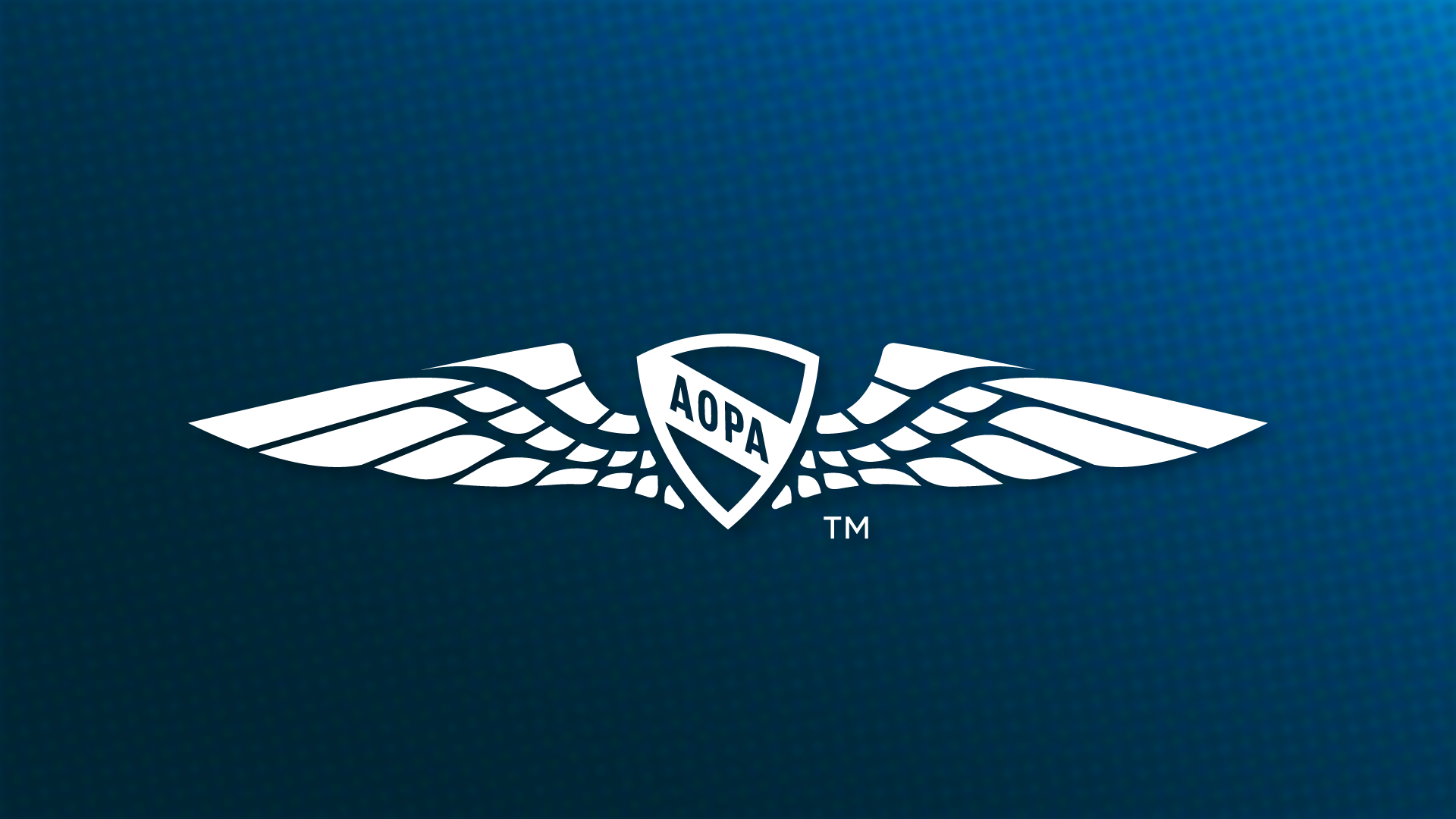The crisp, cool night air. The stars, shining down on your front-row seat to nature. The airplane noise. If the combination sounds like heaven, airplane camping is for you.
Believe it or not, our airborne craft are not only fun weekend toys and fast business traveling machines, they're also SUVs capable of taking us to serene camping settings straight out of an L.L. Bean catalog.
Despite what are sometimes miniscule useful loads, small GA airplanes are surprisingly good weekend campers. Many pilots think the airplane is too small, the load-carrying capability not good enough, or the campsite too far from the airport. But with a little creative packing and some good preflight scout work, camping with an airplane is vastly more rewarding than taking the car, and in almost all cases the campsite will be like nothing you will ever experience in your Ford.
Your imagination is the only limit when deciding how far you want to take the adventure. If the solitude of backpack camping in the middle of nowhere is your thing, the airplane can get you there, although you may want to seek out some specialized training to make it happen. Many places in the western United States have small backcountry landing strips carved out of the wilderness. Go east of the Mississippi and those opportunities decrease, although they still exist.
Once you've decided to embark on an airplane camping adventure, the preflight planning must begin almost immediately. There are many important considerations to make this type of trip successful and safe, including weight and balance, space, availability of aircraft services, and what shouldn't be on the packing list.
The first thing to decide is where to go. Do you want the backcountry experience that few pilots ever get to enjoy, or are you looking for a more predictable family vacation? If it's the former, make sure you know the local area and are comfortable with all the variables, such as weather, fuel availability, and preflight planning services. Flying from Denver to Salt Lake City might take you over some mountainous terrain that you've prepared for, but landing in it and staying a few nights is very different.
Once you find an airport that offers the type of camping you want to do (or a rental car to get to where you want to go), then the only other unique preflight consideration is consumables. Many FBOs have basic things such as ice and vending machines, but the chances of them being next to a full-service camp store are remote at best. Call ahead to make sure you can get the items you need.
Of all the potential issues that will spoil your camping trip, the first is likely to be weight and balance. Small GA airplanes can carry a surprising amount of stuff, but when already loaded with full fuel, four people and gear is often a fantasy. But under a partial fuel load and with only one or two passengers, many aircraft have capable baggage compartments. It might even be able to hold huge coolers and large tents. Just make sure to weigh everything beforehand.
Before zipping up the bags and completing the packing checklist, take a moment to consider the special environment you'll be traveling in. Although items such as propane and butane cylinders aren't specifically prohibited aboard GA airplanes, they aren't allowed on commercial airplanes. That should make you at least stop and consider whether you want a high-pressure cylinder of flammable material onboard, or if you can make do without the lighter fluid and camp stove altogether--or buy it at your destination.
Once you know you are under gross weight, it's time to start loading up. You may find that actually getting everything in the airplane is a bigger issue than staying under gross weight. Remember that many baggage areas have their own weight limits, for both balance and structural reasons. Assuming you are under that, fill away. Use seats as storage areas. But remeber that in turbulence or on a rough landing, your stuff could transform from a pile of pillows and bags to painful projectiles, so strap cargo down with the seatbelts and nets.
Now that you have the airplane loaded, take the time to consider whether you feel comfortable flying at gross weight and with a rearward center of gravity (which it will be in all likelihood). If you're not used to this type of a loading scenario, know that the airplane will seem sluggish, both on the runway and in the climb. A rearward CG isn't especially challenging, but it will keep you on your toes during takeoff and landing. Fight the urge to let the load fly the airplane by being a hawk on the airspeed.
When you reach your destination, take a minute to tie down the airplane, take a deep breath, and garner a big smile. Your friends will be jealous knowing you didn't just explore wilderness and de-stress in a tent this weekend, you got there by airplane! This type of trip is the reason you are learning to fly.
Deputy Editor Ian J. Twombly is a CFII.

